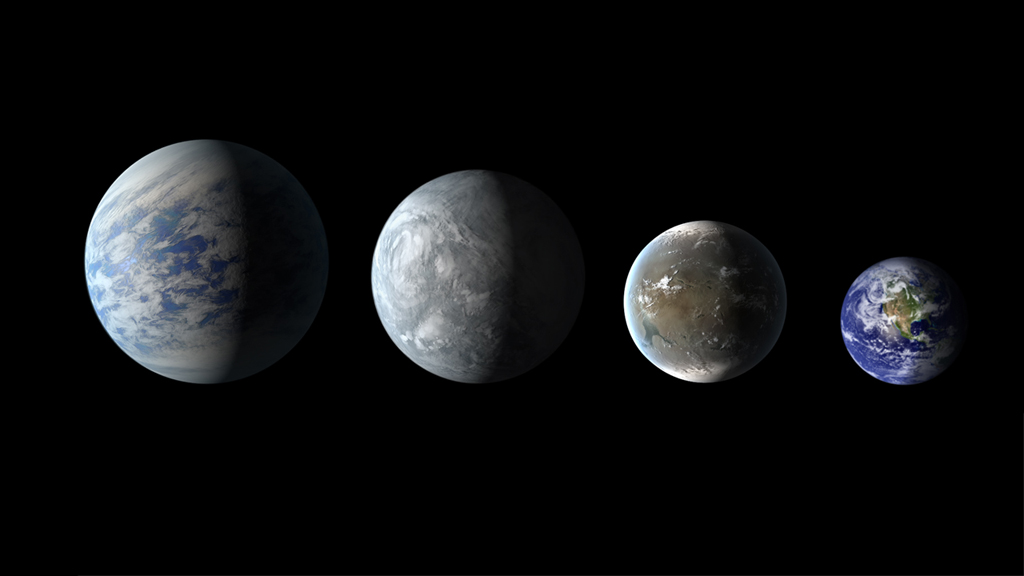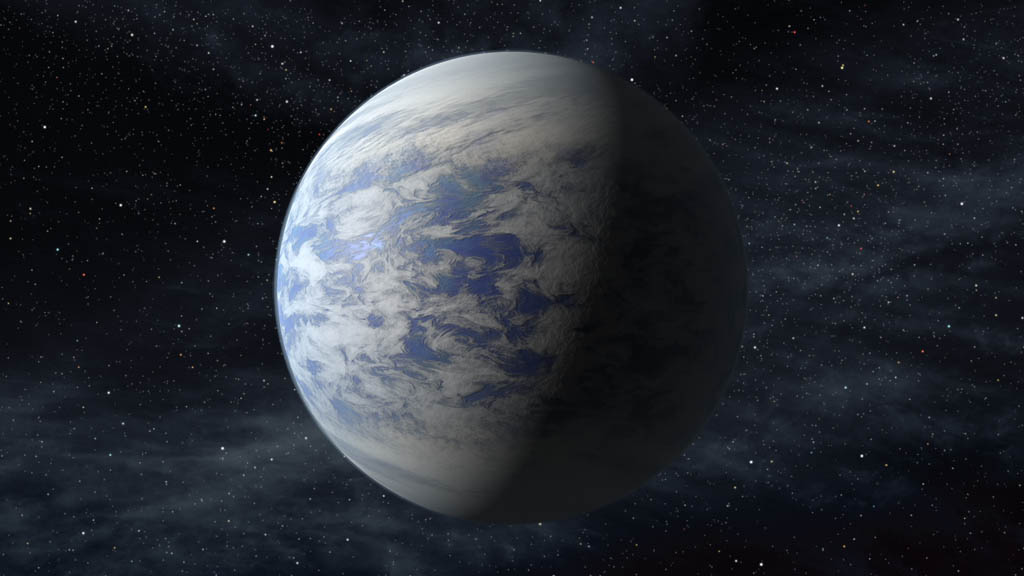Planets and Moons
ID: 11466

On February 26, 2014, scientists using NASA's Kepler space telescope announced the discovery of 715 new planets within our region of the Milky Way. The number practically doubles the list of planets known to humanity. Kepler spotted 3,600 potential planets within the first two years of operation by detecting slight dips in the brightness of more than 100,000 nearby stars. The challenge, however, is distinguishing the real planets from the fakes, a laborious process that involves sifting through the candidate planets, one by one. But by employing a new method that can verify multiple planets at once, researchers were able to speed up their search. About 95 percent of the newly discovered worlds are smaller than Neptune, with four orbiting within the habitable zones of their host stars. The findings suggest that small, Earth-like planets may be more abundant in our galaxy than previously thought. Watch the video to learn more.




Planets Everywhere





For More Information
Story Credits
Please give credit for this item to:
Science@NASA and NASA's Goddard Space Flight Center
Images courtesy of NASA/Ames/JPL-Caltech
Science@NASA and NASA's Goddard Space Flight Center
Images courtesy of NASA/Ames/JPL-Caltech
Short URL to share this page:
https://svs.gsfc.nasa.gov/11466
Keywords:
SVS >> Hyperwall
SVS >> App
NASA Science >> Planets and Moons
https://svs.gsfc.nasa.gov/11466
Keywords:
SVS >> Hyperwall
SVS >> App
NASA Science >> Planets and Moons







